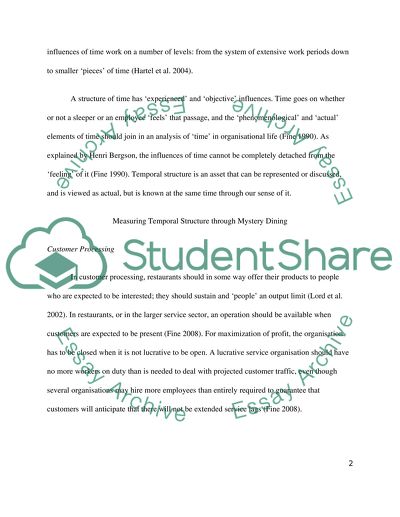Cite this document
(“A Mystery Dining Endeavour: Measuring the Temporal Aspect of Affective Essay”, n.d.)
Retrieved from https://studentshare.org/environmental-studies/1405598-what-does-mystery-dining-measure-how-and-why
Retrieved from https://studentshare.org/environmental-studies/1405598-what-does-mystery-dining-measure-how-and-why
(A Mystery Dining Endeavour: Measuring the Temporal Aspect of Affective Essay)
https://studentshare.org/environmental-studies/1405598-what-does-mystery-dining-measure-how-and-why.
https://studentshare.org/environmental-studies/1405598-what-does-mystery-dining-measure-how-and-why.
“A Mystery Dining Endeavour: Measuring the Temporal Aspect of Affective Essay”, n.d. https://studentshare.org/environmental-studies/1405598-what-does-mystery-dining-measure-how-and-why.


